Using Highways in Japan: Fees, Speed Limits, and Saving Tips

This comprehensive guide to using Japanese highways provides information on major highways, the toll system and ETC (Electronic Toll Collection), discounts, service areas, parking areas, speed limits, traffic rules, and more.
A Guide to Using Japan's Highways
If you want to travel around various places in Japan, using a rental car to move on the highways is convenient.
On the other hand, Japan's highways have many unique systems that are characteristic of the country.
This article will provide a detailed explanation of highway tolls and discounts, speed limits, and important points to note while driving in Japan.
Table of Contents
2. Main Highways in Japan
3. What Are the Highway Tolls? Tips to Save Money
4. How to Pay Highway Tolls - Payment Machines/ETC
5. What Are the Speed Limits on Japan's Highways?
6. What Are the Rest Areas on Highways: "PA" and "SA"?
7. Introduction to Basic Driving Rules in Japan
8. Other Terms You Should Know
9. Rental Cars with Driving Support Features on Highways
10% Discount! Nippon Rent-A-Car Reservations (English)
By clicking this link, a 10% discount will be automatically applied.
Main Highways in Japan
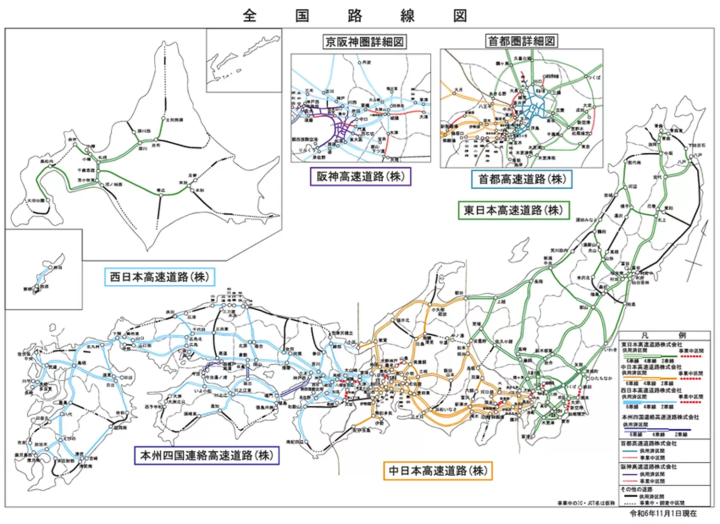
Main Highways (as of 2024) Picture courtesy of Independent Administrative Institution Japan Expressway Holding and Debt Repayment Agency Official Website
Japan's highways are designed as a network of roads that connect major cities.
As shown in the figure above, they basically cover Japan's main areas and are convenient for traveling to any region, excluding remote islands.
Main Highways
- Shuto Expressway (Tokyo Metropolitan Area)
- Tomei Expressway (Between Tokyo and Nagoya)
- Meishin Expressway (Between Nagoya and Osaka/Hyogo)
- Sanyo Expressway (Between Osaka and Yamaguchi)
- Tohoku Expressway (Between Saitama and Aomori)
- Kyushu Expressway (Between Fukuoka and Kagoshima)
What Are the Highway Tolls? Tips to Save Money
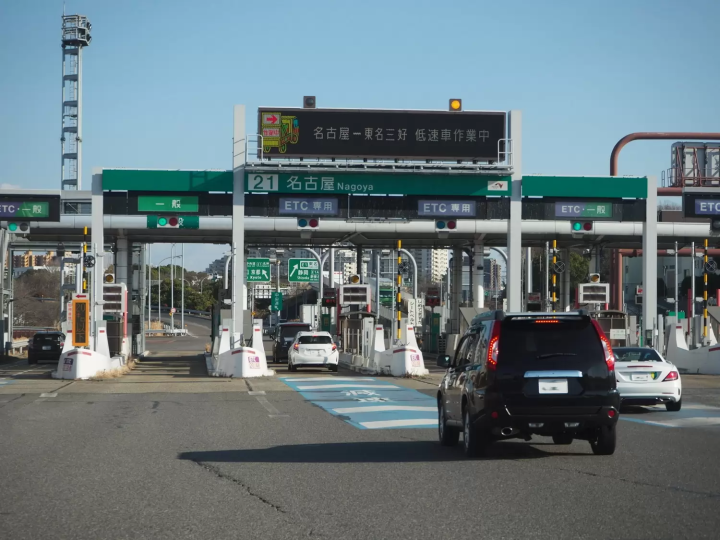
Photo by AC
The tolls on Japan's highways are generally determined by the distance traveled and the sections used. For regular cars, the tolls are roughly as follows.
Estimated Toll Charges per Kilometer
- Regular Sections: 24.6 yen/kilometer
- Metropolitan Areas (Tokyo, Osaka, etc.): 29.52 yen/kilometer
- Long Tunnels: 39.36 yen/kilometer (Note: Different rates apply for ETC vehicles)
Charges may vary by section. Reference: NEXCO Central Japan
As an estimate for major sections, the costs are approximately as follows:
- From Tokyo to Kawaguchiko: About 3,000 yen
- From Osaka to Kyoto: About 1,500 yen
- From Sapporo to Hakodate: About 6,000 yen
Tip No. 1 for Saving on Highways: Holiday Discounts/Long-Distance Discounts
In fact, there are holiday discounts on Japan's highways. Therefore, planning your trips on weekends can save you money.
Holiday Discounts
- Eligible Vehicles: Light vehicles, regular cars
- Dates: Saturdays, Sundays, and National Holidays (*Discounts do not apply during Japan's long holiday periods.)
- Discount Rate: 30%
*Some areas, such as the Tokyo Metropolitan Area and Okinawa, are excluded from this discount.
Additionally, for long-distance travel exceeding 100 kilometers, there is a 25% discount for the portion from 100 to 200 kilometers, and a 30% discount for the portion exceeding 200 kilometers.
Tip No. 2 for Saving on Highways: The Expressway Pass
For international visitors, there is the Expressway Pass.
This is a free pass that allows unlimited access to the highways for a fixed fee. It is offered in four areas: Hokkaido, Tohoku, San'in/Setouchi/Shikoku, and Kyushu.
It's a very cost-effective option, so international tourists should definitely consider using it. The application process and usage instructions are explained in the article below.
How to Pay Highway Tolls - Payment Machines/ETC
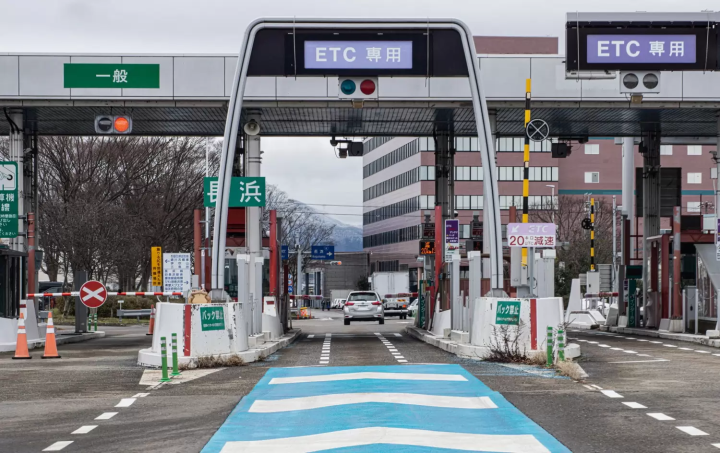
At the exits (toll booths) of Japan's highways, there are two types of lanes: Regular and ETC (some lanes serve both functions).
1. Regular: Pay cash at automatic payment machines or give money to a staff member.
2. ETC: Automatic payment.
Among these, option no. 1 may not always support foreign languages, which could cause confusion. Therefore, it is generally recommended to use ETC for toll payments.
What is ETC?
ETC stands for "Electronic Toll Collection System."
Vehicles equipped with an ETC onboard device can pass through dedicated lanes, allowing tolls to be settled automatically, eliminating the need to stop at the toll booth to exchange money.
Additionally, toll fees are often lower than those in general lanes.
How to Use and Enter ETC
When using ETC on highways, first, insert your ETC card into the onboard device before entering the highway.
Then, when exiting the highway, use the lane marked "ETC" above the toll gate. The entry speed is limited to 20 kilometers per hour, so drive slowly.
The payment will be automatically processed via ETC, and the barrier will open.
ETC Cards - Available for Rental at Car Rental Companies!
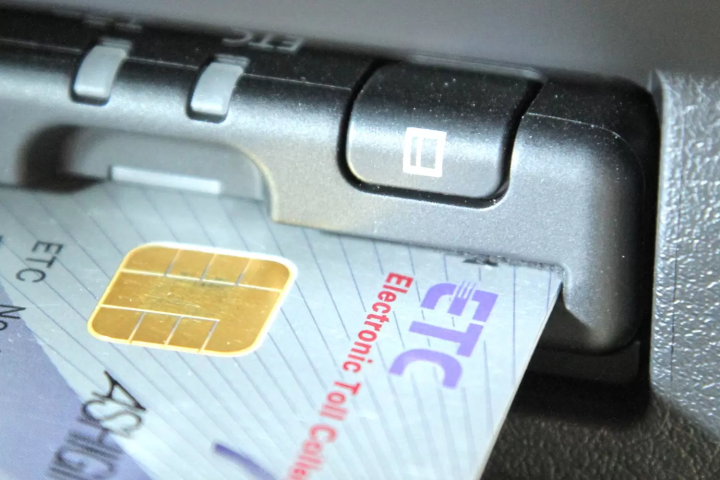
Photo by Pixta
At major car rental companies like Nippon Rent-A-Car and Nissan Rent-A-Car, you can rent an ETC card as an optional service when renting a vehicle. Since issuing an ETC card can take time, it is recommended for international tourists to rent one.
- ETC Option Available! Reserve Nippon Rent-A-Car Here (10% Discount Coupon)
- Get a 10% Discount on Nissan Rent-A-Car! ETC Card Rental Available
What Are the Speed Limits on Japan's Highways?

On highways, unless otherwise indicated, the legal speed limit for regular vehicles is 100 kilometers per hour, and for large vehicles, it is 80 kilometers per hour.
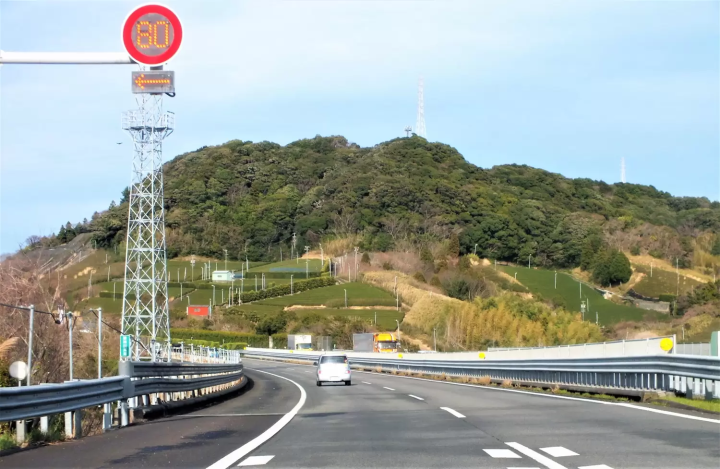
The electronic sign on the upper left indicates a speed limit of 80. Photo by AC
When there are electronic signs like the one in the photo above, the maximum speed is 80 kilometers per hour.
If a speed limit is in place, it may be due to adverse weather conditions such as rain or fog, which can make driving difficult.
Excessive speeding can lead to accidents, so it's important to drive responsibly and adhere to the rules.
What Are the Rest Areas on Highways: PA and SA?
When driving on highways, it's recommended to take a break every 1 to 2 hours. There are two types of rest areas on highways.
PA (Parking Area)
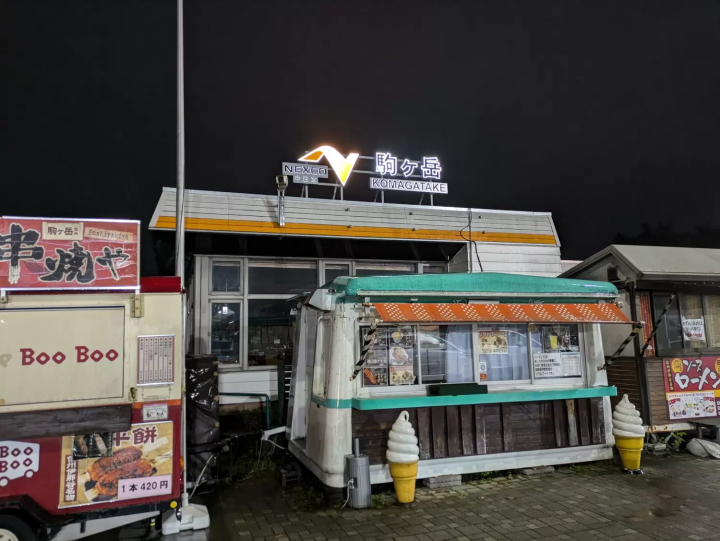
Photo by AC
Rest facilities located on the highway are called "Parking Areas." These are often smaller rest areas, typically equipped with toilets and vending machines.
Short breaks or naps can be taken at these facilities, which are widely utilized by drivers.
SA (Service Area)
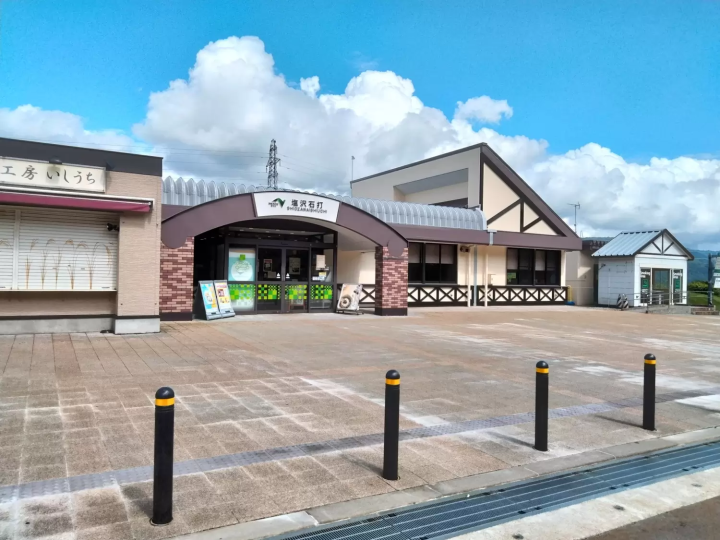
Photo by AC
A "Service Area" refers to a large rest facility installed on the highway. In addition to restrooms and vending machines, there are also restaurants and souvenir shops. Many service areas also have gas stations.
Compared to PA (Parking Areas), service areas are larger and may include dog runs or accommodations. They are suitable for drivers to take a leisurely break.
Introduction to Basic Driving Rules in Japan
To use highways safely, it is important to understand some basic rules. Here, we will explain the key points to be aware of when driving on Japanese roads.
Japan Drives on the Left Side
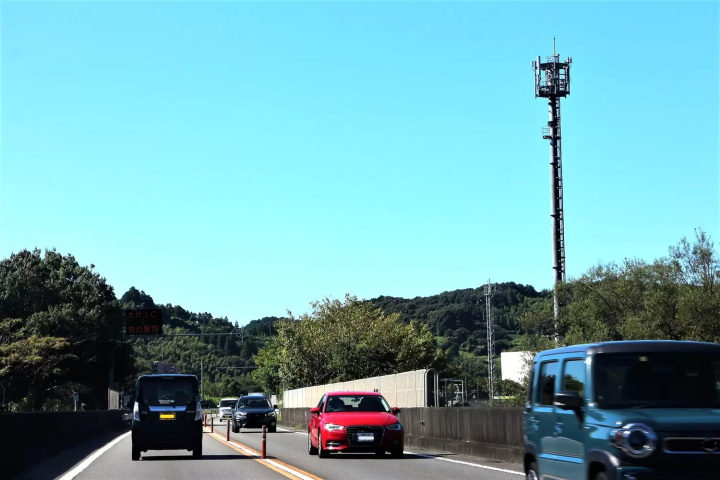
Photo by AC
In Japan, the Road Traffic Act mandates driving on the left side. On a single-lane road, vehicles should drive on the left, while the right side is for oncoming traffic, making entry into the right lane prohibited.
On highways and roads with two or more lanes, the left lane is designated as the driving lane, while the right lane is for overtaking.
Seat Belt Use
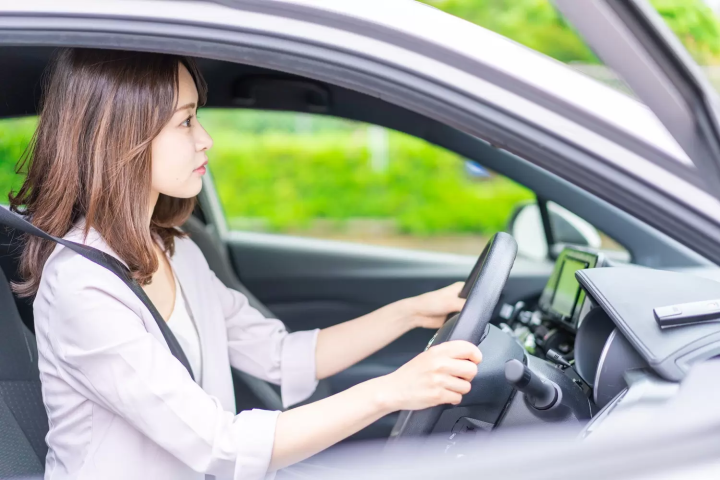
Photo by AC
The Road Traffic Act mandates the use of seat belts on all roads. The driver is responsible for ensuring that not only themselves but also passengers in the front and back seats wear seat belts.
This requirement is especially emphasized on highways, where strict adherence is expected for safety reasons. Note that if you do not wear a seat belt on the highway, 1 point will be added as a penalty for the violation.
Use Winter Tires in Winter
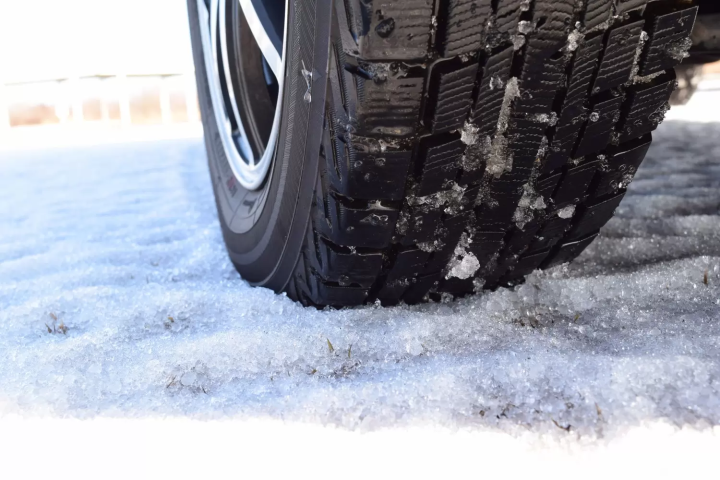
Photo by AC
When driving on highways during winter, it is recommended to use winter tires such as studless tires or snow tires.
In particular, in areas with heavy snowfall, it is advisable to use tire chains, but they should be removed when driving on roads without snow.
Additionally, if you are renting a car, it is advisable to check in advance whether winter tires are installed.
Read also
Other Terms You Should Know
When using highways, you'll encounter many unique terms. Here, we'll explain some commonly seen terms and their meanings in detail.
IC (Interchange)
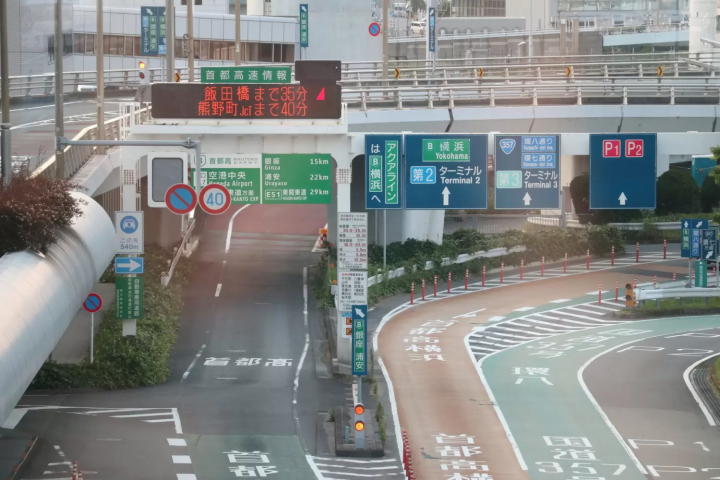
Photo by AC
An Interchange (IC) on the highway refers to an entrance and exit that connects the highway to regular roads. There are toll booths set up for use when entering or exiting the highway.
ICs are distributed throughout various regions and serve as important points for users heading to their destinations.
JCT (Junction)
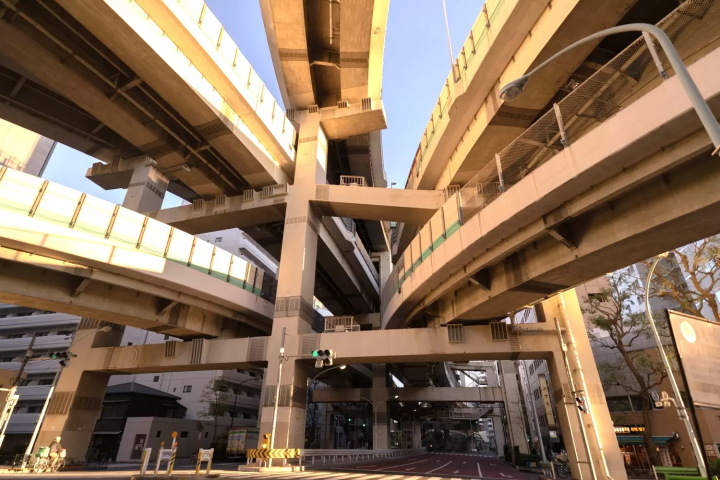
Known for its complexity, the Haikaze Junction in Tokyo. Photo by AC
A "Junction (JCT)" refers to a point where highways connect with each other. It is a place where multiple highways intersect or connect, used for transferring to other highways.
These junctions often have a multi-level and complex structure to enable smooth merging of traffic.
Overtaking Lane
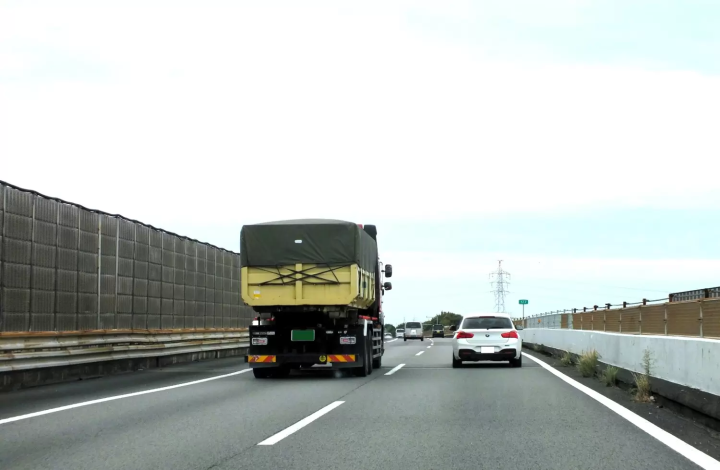
Photo by AC
The lane on the far right side of the highway is called the "Overtaking Lane." This lane is designated for passing vehicles traveling in front on the highway.
When using the overtaking lane, it is important to return promptly to the driving lane after completing the pass. Prolonged driving in the right lane can be classified as a "lane violation," so caution is advised.
In rural areas with lower traffic, highways may also have only one lane in each direction. In such cases, overtaking is not possible.
However, on highways with one lane in each direction, there may be sections where the road expands to two lanes. If you wish to overtake, do so in those sections.
Climbing Lane

Photo by AC
A "Climbing Lane" (登坂車線) is one of the designated lanes on highways, primarily used by heavy vehicles that travel at lower speeds.
On steep inclines, the speed of large and heavy vehicles tends to decrease, and by separating their lane from that of regular vehicles, the flow of traffic is made smoother.
Bypass Road
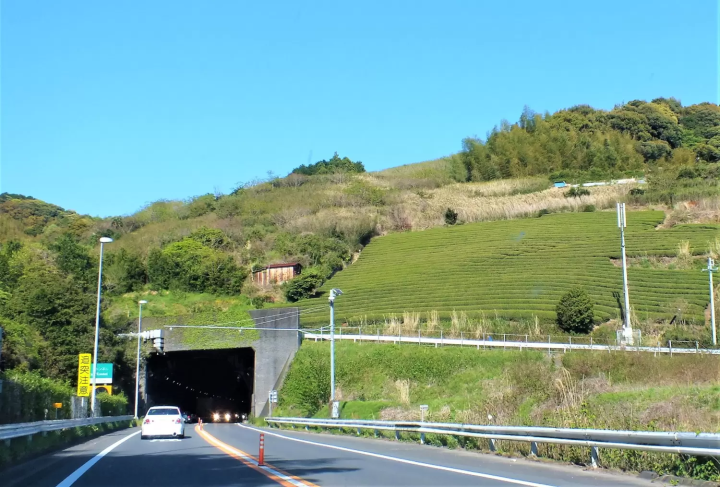
Photo by AC
Bypass roads are not highways; they are roads established on regular streets. They are created to facilitate smooth movement through specific sections such as urban areas.
By avoiding areas with high traffic volumes and congested city streets, they help alleviate traffic congestion.
The legal speed limit on bypass roads is 60 kilometers per hour unless otherwise indicated, which is different from the 100 kilometers per hour limit on highways, so caution is advised.
Rental Cars with Driving Support Features for Highways
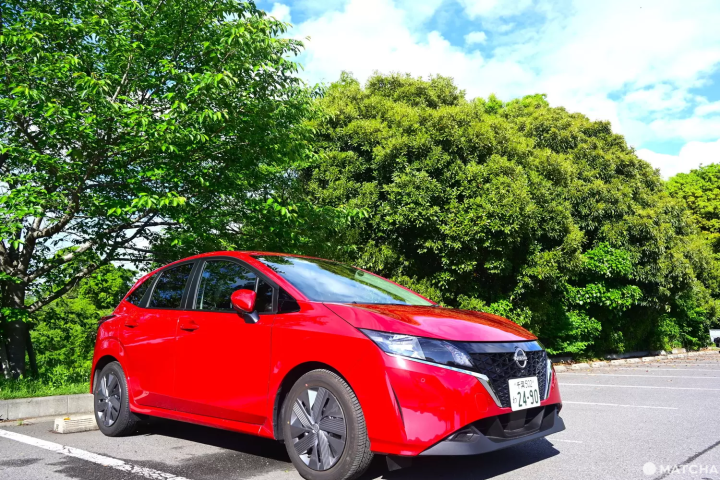
Some rental car companies offer vehicles equipped with systems that support driving on highways.
For example, Nissan Rent-A-Car includes a feature called "ProPILOT" in some of its vehicles, which assists in driving on highways.
This feature allows the car to maintain its lane and speed according to the route set in the navigation system. It is particularly useful for long-distance driving.
Frequently Asked Questions
What highways are there in Japan?
Highways cover major cities across Japan. The main highways include:
- Shuto Expressway (Tokyo metropolitan area)
- Tomei Expressway (Tokyo to Nagoya)
- Meishin Expressway (Nagoya to Osaka and Hyogo)
- Sanyo Expressway (Osaka to Yamaguchi)
- Tohoku Expressway (Saitama to Aomori)
- Kyushu Expressway (Fukuoka to Kagoshima)
Are highway fees in Japan expensive?
Generally, Japan is known for having high highway fees. For example, highways in the United States are mostly free, and in Taiwan, the cost is about 4 yen per kilometer, while in Japan, it is approximately 24.6 yen per kilometer.
However, Japan offers various discounts, such as holiday discounts and the Expressway Pass for international tourists.
Is speed enforcement conducted in Japan?
In Japan, speed enforcement is conducted in various forms. Police are stationed at various locations for random checks. Additionally, in certain areas, traffic enforcement cameras are set up to photograph and record vehicles traveling above a certain speed.
What are the payment methods for highway fees in Japan?
In Japan, there are two payment methods for highway fees: ETC and machines at toll booths.
ETC (Electronic Toll Collection) automatically collects toll fees when you enter the ETC-only lane at the highway exit. However, you need to have an ETC card set up in your vehicle's onboard unit in advance.
The payment machine is located in the regular lane at the highway exit, where you insert money into the machine to complete the payment.
In recent years, payments via ETC have become the mainstream method in Japan.
Make the Most of Highways and Explore Japan!
Japan is home to many breathtaking views and hidden gems that are difficult to reach by public transportation. By utilizing rental cars and highways, you can enjoy a highly flexible journey.
By thoroughly understanding the basic knowledge and rules, you can fully appreciate the charm of Japan.
10% Discount! Reserve Nissan Rent-A-Car (English)
This link automatically adds a 10% discount.
Written with Cakutama editorial team
Read also


































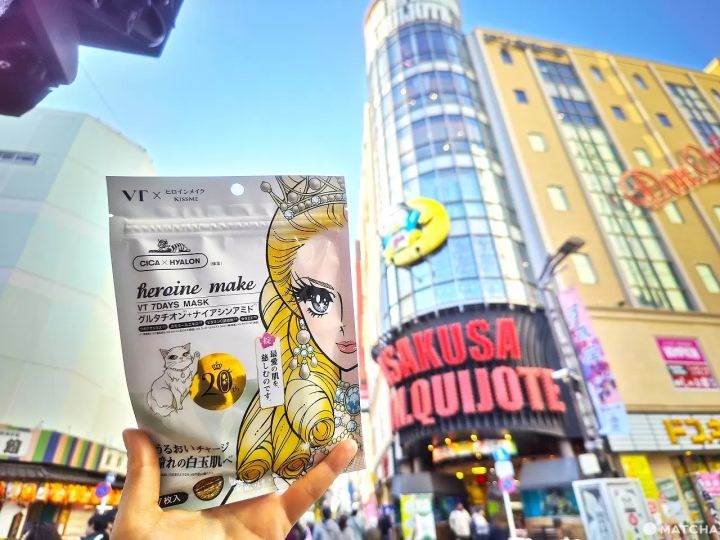

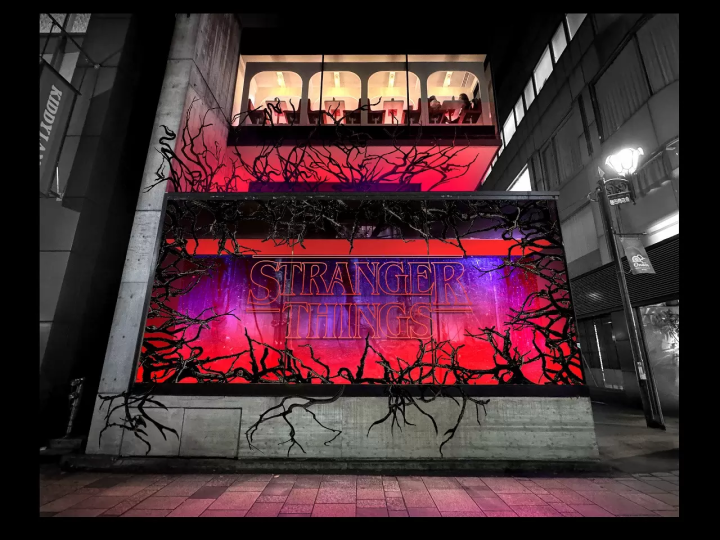
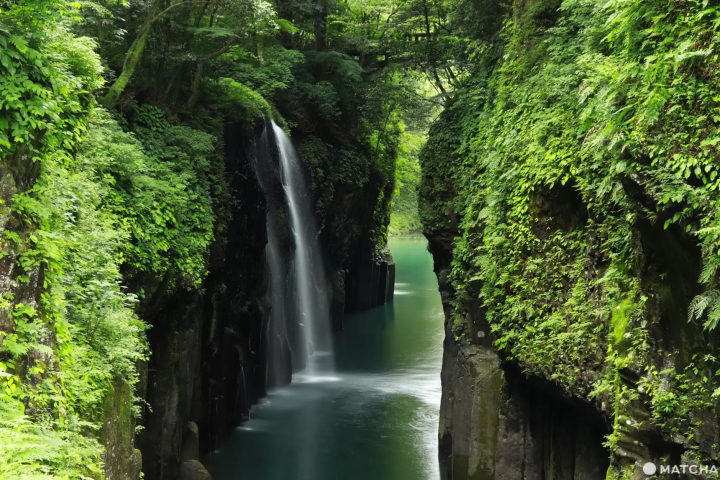





![[JR KYUSHU HOTEL Blossom Oita] A hotel directly connected to Oita Station - A comprehensive guide to access!](https://resources.matcha-jp.com/resize/720x2000/2025/10/23-247814.webp)
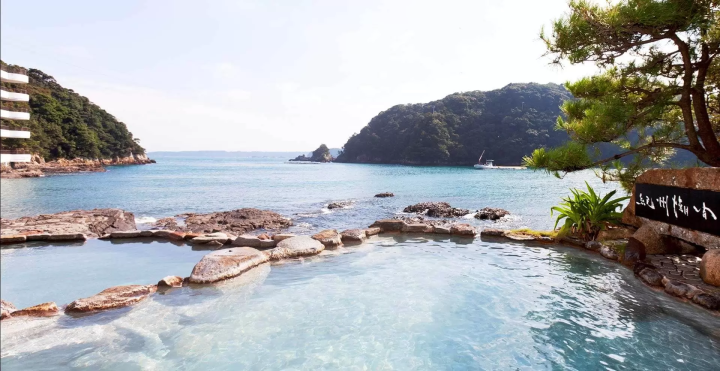
![Deep dive into Japanese brands! A tour of famous leather shoe stores with GENSEI & Nin [Harta Edition]](https://resources.matcha-jp.com/resize/720x2000/2025/12/18-253277.webp)
